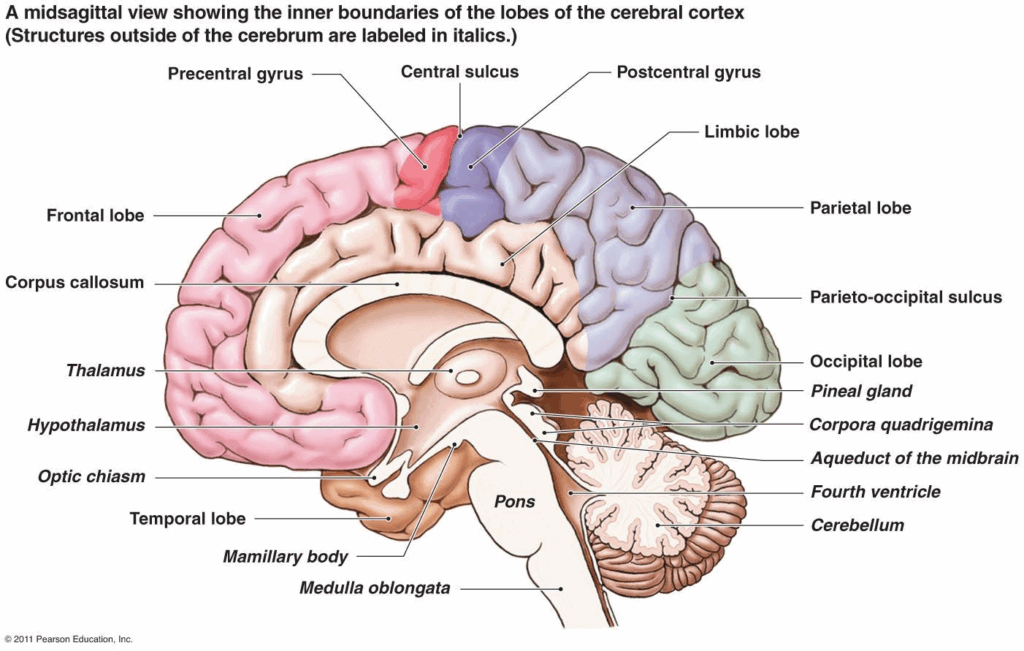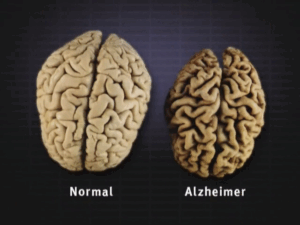What parts of the brain control our sleep function?
With the school year kicking off, it is important to recognize the importance of sleep in our daily lives. Performance in school, sports, and overall happiness can be linked to quality rest.
Your brain uses sleep as an opportunity to grow and connect new neural pathways, which are directly related to memory, learning, and concentration. A neural pathway is a group of neurons connected in a web-like format, which enables communication between different cells within the brain (1). Sleep is widely known to be important to external and mental health, but what happens without it? Because your brain, heart, immune function, and digestion all rely on sufficient hours of rest, the impacts can be much larger than just a sense of constant fatigue. Extreme deprivation of sleep can be linked to high blood pressure levels, diabetes, and even heart disease (2).
Despite common assumptions, your brain is active while sleeping and can remove toxins that have built up during the daytime, clearing your head. The center of the brain’s sleep process is located in the hypothalamus, a region in the forebrain that contains neurons. Neurons are nerve cells that communicate throughout the brain. In the hypothalamus, they produce hormones that affect sleep and are located near the SCN (Suprachiasmatic Nucleus). This part of the hypothalamus receives information and signals from light and controls the reactivity to it in the brain, monitoring the circadian rhythm in the body. This part of the brain is the link between light and sleep, which is essential due to the nature of the sleep cycle (2).

While the Hypothalamus focuses on the relationship between sleep and light, the brain stem controls the process of falling asleep and waking up. Composed of the pons, medulla, and midbrain, the brain stem relaxes our muscles and reduces activity, along with the help of the chemical GABA, which is a neurotransmitter produced to relax our muscles and prevent movement in our sleep. Imagine if we acted out all the actions we took in our dreams! On that topic, the thalamus is in control of what we feel while in a state of sleep, more specifically, what we sense physically in our dreams (4).
Along with the parts of the brain that are important to the function of sleep, many smaller parts of the brain produce chemicals that induce tiredness and fatigue. You have probably heard of melatonin before; not only is it a form of medicine to help you fall asleep, but it is also produced naturally inside the brain. The pineal gland produces melatonin in accordance with darkness and helps to balance the sleep cycle. Adenosine is produced by the basal forebrain, and both these chemicals work together to chemically shut down your brain, influencing fatigue and inducing sleep (5).
These parts of the brain are the main administrators of the sleep cycle, which repeats multiple times per night. When you first fall asleep, it is a light slumber and a stage of transition. Shortly after, the body begins to relax, which results in lower body temperature and slower breathing and heart rate. After this, a long stage of deep sleep occurs, which is where your brain restores itself and grows. The REM cycle comes after, during which dreaming occurs, and rapid eye movement produces increased brain activity (1). All of these complicated procedures occur multiple times in one night and represent the wonders of the brain.

Sleep has a profound importance for physical and mental health. This fascinating science explains the stages of relaxation and stimulating experienced every night.
Sources:
- “The Anatomy of a Sleep Cycle | Unisom.” Unisom, 2022, www.unisom.com/en-us/sleep-hub/good-sleep/the-anatomy-of-sleep.
- National Institute of Neurological Disorders and Stroke. “Brain Basics: Understanding Sleep.” National Institute of Neurological Disorders and Stroke, 5 Sept. 2024, www.ninds.nih.gov/health-information/public-education/brain-basics/brain-basics-understanding-sleep.
- Kimball, Rachel . “Your Brain: An Introduction to Its Anatomy – Multicultural Alzheimer’s Prevention Program (MAPP).” Mapp.mgh.harvard.edu, 8 Apr. 2021, mapp.mgh.harvard.edu/your-brain-an-introduction-to-its-anatomy/.
- o2healthcare@cleveraa.com. “Common Sleep Disorders and Understanding the Anatomy of Sleep – O2 Healthcare Group.” O2 Healthcare Group, 6 Jan. 2023, o2healthcaregroup.com/news-and-articles/common-sleep-disorders-and-understanding-the-anatomy-of-sleep/.
- Suni, Eric. “How Sleep Works: Understanding the Science of Sleep.” Sleep Foundation, 23 Oct. 2020, www.sleepfoundation.org/how-sleep-works.
Images:






Comments are closed.